Last Chance for Big Savings — 30% Tax Credit Ending Soon!
To qualify, your products must be installed by December 31, 2025.
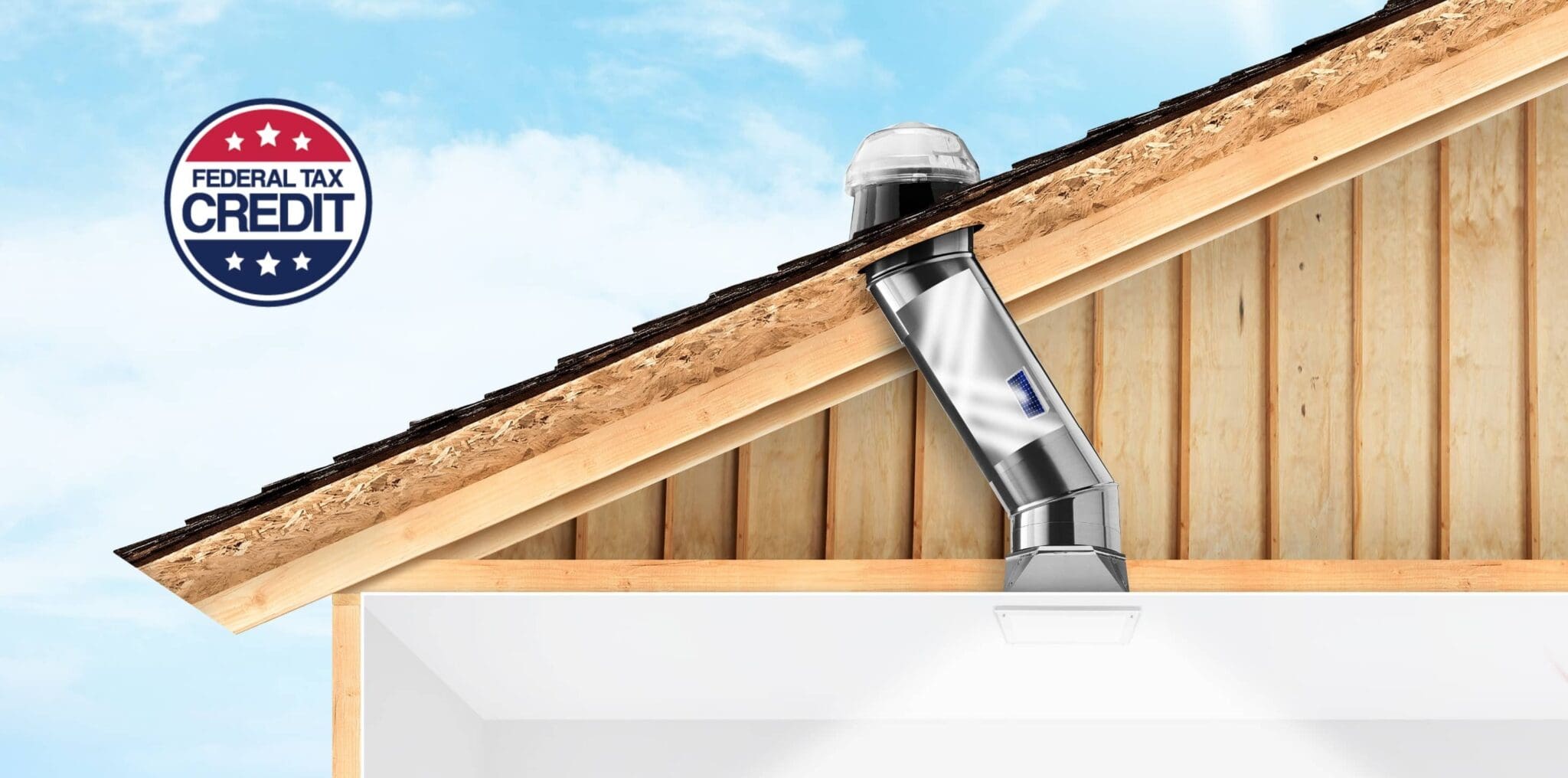
Buy 1, buy 2, buy 3 or more — Save up to 30% on product and installation!
Whether you choose one, two, or three Solatube products, you’ll save up to 30% on the total cost — product and installation included — thanks to the Federal Tax Credit. When you install three units, it’s like getting your third unit almost free! But hurry — this incredible incentive, to qualify, your products must be purchased and installed by December 31, 2025.
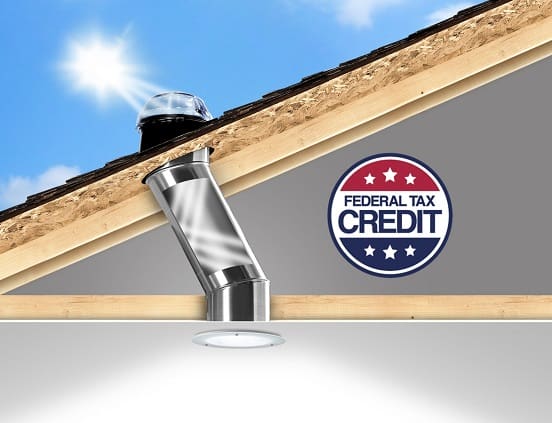
Solatube Isn Products
Solatube ISn Daylighting Systems qualify for a 30% federal tax credit on both the price of the product and installation. Whether you install one or five Solatube ISn Systems, you get a 30% tax credit on every unit, that includes installation. That adds up! Get a more detailed estimate during your free, in-home consultation.
Learn More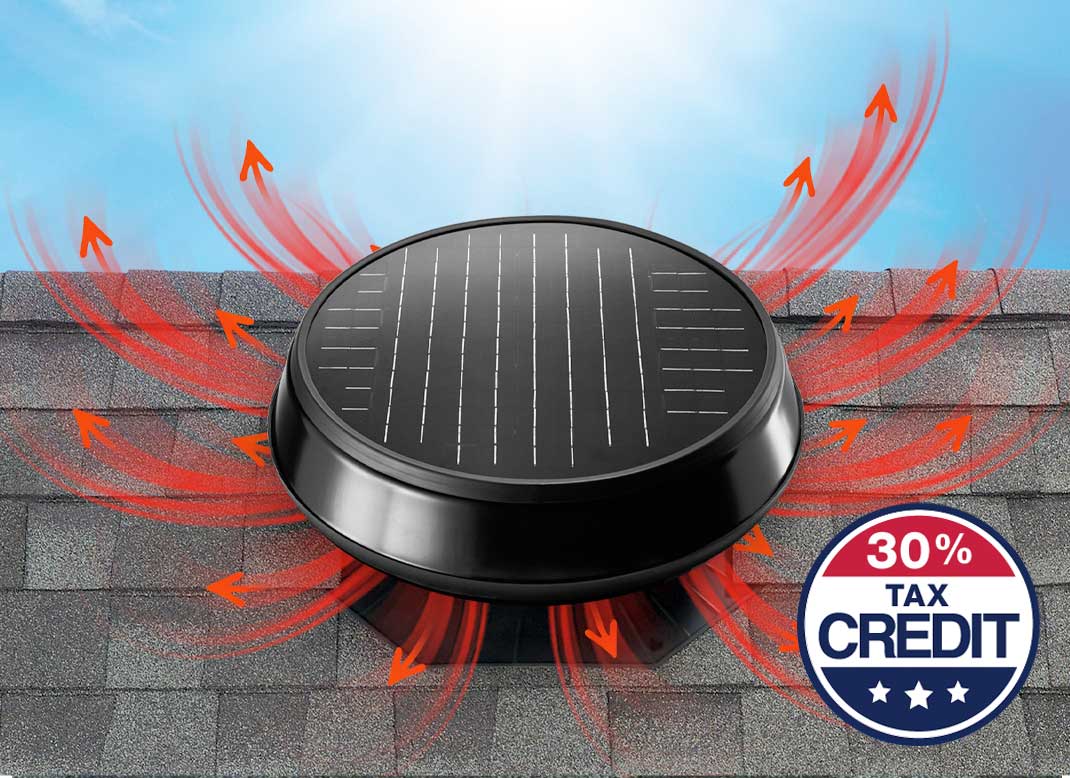
Solar Attic Fans & Garage Fans:
Now you can get the credit you deserve for making intelligent, energy-wise decisions. All Solatube Attic Fans are considered residential photovoltaic systems, which means they turn sunlight into energy. Hence, a portion of the cost of the fans qualifies for a federal income tax credit.
The electricity-producing solar panel and related components include 70% of the overall cost of the product. Therefore, both the product and installation are eligible for credit at 70% of the total price.
Learn More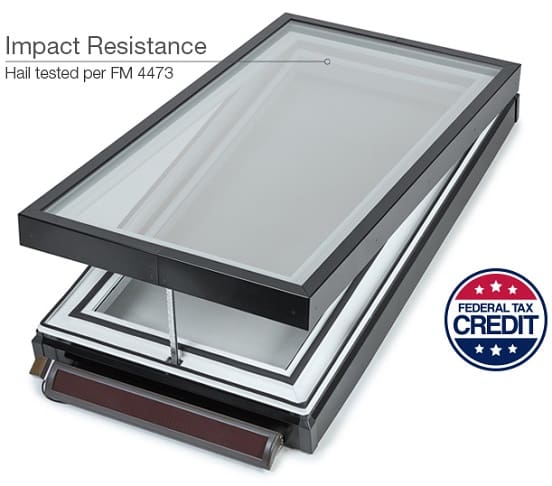
Solar-Operable Skylights
Solatube Home’s Fresh Breeze Skylights also qualify for a 30% federal tax credit which shaves some big bucks off your product and installation. Another plus about this model is the functionality and ease of opening your skylight with the press of a remote.
Learn MoreEarn a 30% Federal Tax Credit When You Choose Solatube
When you make energy-smart upgrades to your home, you deserve to be rewarded — and now you are. Installing a Solatube ISn Daylighting System with integrated solar qualifies you for a 30% Federal Tax Credit on both the product and installation.
You can also earn tax credits on:
✅ Other qualifying Solatube Daylighting Systems
✅ Solar Star® Attic Fans
✅ Solatube Fresh Breeze Operable Skylights
Claiming your credit is simple. Just submit your receipt and the manufacturer’s certification statement with your federal tax return using IRS Form 5695 (Residential Energy Credits).
Whether you install one, two, or three qualifying products, you’ll save up to 30% off the total cost — but don’t delay. To be eligible, all products must be purchased and installed by December 31, 2025.
Make your home brighter, more efficient, and more comfortable — and let the government help pay for it!
For more information about the Residential Clean Energy Act and how you may qualify, click here.
Current Year Certifications:
2017-2025 Manufacturer Certification Statement All Eligible Products
Past Year Certifications:
2017-2024 Manufacturer Certification Statement All Eligible Products
2017-2023 Manufacturer Certification Statement All Eligible Products
2017-2022 Manufacturer Certification Statement All Eligible Products
2017-2021 Manufacturer Certification Statement All Eligible Products
Manufacturer Certification Statement Daylighting Systems
2017-2020 Manufacturer’s Certification for Solar Star Fans
2017-2019 Manufacturer’s Certification for Integrated Solar Daylighting Systems
2017-2019 Manufacturer’s Certification for Solar Star Fans
2017-2018 Manufacturer’s Certification for Integrated Solar Daylighting Systems
2017-2018 Manufacturer’s Certification for Solar Star Fans
2016 Manufacturer’s Certification for Integrated Solar Daylighting Systems
2016 Manufacturer’s Certification for Daylighting Systems
2016 Manufacturer’s Certification for Solar Star Fans
2015 Manufacturer’s Certification
2014 Manufacturer’s Certification
2013 Manufacturer’s Certification
2012 Manufacturer’s Certification
2011 Manufacturer’s Certification
Tax credits for all eligible products
Solatube International, Inc. certifies that the following products, as indicated, qualify for federal energy tax credits.
- Solatube Integrated Solar Daylighting Systems 160 and 290 Daylighting Systems when integrated with a Solar Electric Nightlight OR a Solar-Powered Daylight Dimmer
- Solar Powered Attic Fans and Solar-Powered Garage Fans
- All models of Solar Operable Skylights
What is excluded?
The federal tax credit applies to the cost of qualified Solatube products and installation. Accessories and add-ons, such as the Light Kit or Ventilation Kit are excluded.
What do I need in order to claim the tax credit?
You’ll need your receipt for purchase and installation, a Manufacturer’s certification (see above), and IRS Form 5695. On this form, in line 1: Qualified solar electric property costs, you’ll enter the cost of the product and installation.
Do Solatube products installed in my second home or rental property qualify?
Existing homes and new construction qualify; as well as primary residences and secondary residences, such as vacation homes. Rental properties do not qualify.
When do tax credits expire?
- They expire on December 31, 2025. The products must be installed by that time to qualify.
Is there a cap on the tax credit?
No, there is no cap for residential photovoltaic systems placed into service after December 31, 2008 and before December 31, 2022.
Tax credits for Solar Star Attic Fans
Which models qualify for tax credits?
All Solar Star Attic Fans are considered residential photovoltaic systems, which means they turn sunlight into energy, so a portion of the cost of the fans qualifies for a federal income tax credit.
In IRS Notice 2013-70, a clarification was made that specifically excludes portions of Solar Powered Exhaust Fans. Solar Star is a hybrid product that is both an exhaust fan and produces electricity. The electricity-producing portion of the product is eligible for a federal tax credit while the fan portion is not eligible.
The electricity-producing solar panel and related components of the Solar Star are 70% of the overall cost of the unit. Therefore, both the unit and installation are credit eligible at 70% of the total Solar Star sales price to the customer.
What is the Emergency Stabilization Act of 2009?
On Oct. 3, 2008, George W. Bush signed the Emergency Stabilization Act of 2009, which extended the credits available for solar-powered energy systems and expanded the qualifying product requirements. This allows for a tax credit on the purchase and installation of residential solar water heating, photovoltaic (solar electric) equipment, and fuel cell property.
What do I need in order to claim the tax credit?
You’ll need your receipt for purchase and installation, a Manufacturer’s certification (see above), and IRS Form 5695.
Is there a cap on the tax credit?
There is no credit cap for residential photovoltaic systems placed into service after December 31, 2008 and before December 31, 2022.
Do Solar Star products in my second home or rental property qualify?
Existing homes and new construction qualify; as well as primary residences and secondary residences, such as vacation homes. Rental properties do not qualify.
Are the Solar Star DIY kits eligible?
Yes, Solar Star Attic Fan DIY Kits – both roof and interior mount kits – are eligible. Of the total product price, 70% qualifies for the tax credit.
Are Solar Star products eligible even though they aren’t ENERGY STAR® rated?
An ENERGY STAR rating is not required for the photovoltaic system tax credit eligibility program.
General tax credit information
What is the difference between a tax deduction and a tax credit?
A tax deduction is subtracted from income before total tax liability is computed. On the other hand, a tax credit is subtracted directly from the total tax due. You can carry forward any excess unused credit, though, and apply it to reduce the tax you owe in future years.
What do I need in order to claim the tax credit?
You’ll need your receipt for purchase and installation, a Manufacturer’s certification (see above), and IRS Form 5695.
Are there local incentives for my county and/or city?
Many local utilities provide financial incentives for energy-efficient products. To find out if rebates or incentives are available in your area, visit the ENERGY STAR rebate finder at www.energystar.gov. For additional information, please visit your state energy office website for specific state tax information or go to https://www.dsireusa.org/ to view the database of State Incentives for Renewables and Efficiency. Another valuable website to find energy incentives is Energybot.
Does a product with an ENERGY STAR rating automatically qualify for federal tax credits?
Prior to December 31, 2013, all products with the ENERGY STAR label were eligible for 10 % federal tax credits because of their ability to operate efficiently and lower energy bills. After this date, there may be some ENERGY STAR-rated products that do not qualify for federal tax credits. To find out for sure, it’s recommended you visit www.irs.gov or consult a tax professional for advice.
*Solatube International makes no warranty as to the qualification of the products for federal tax credits if there are changes in requirements or applicable law after such date.
Solatube International, Inc. is not a tax advisor. Taxpayers claiming a tax credit should consult a tax professional with any questions. Solatube International is not responsible or liable for the taxpayer’s ability to receive tax credits. This document is not intended to constitute legal or tax advice. More comprehensive information will be made available by the IRS. The user maintains the full and complete responsibility to comply with all codes, laws, and regulations applicable to the safe and proper use, handling, and installation of the product and should consult with a professional for all construction- and design-related questions. The information contained herein is believed to be accurate as of the time of preparation. However, Solatube International makes no warranty as to the accuracy of this information.

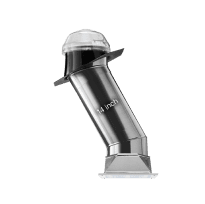 Solatube Skylights
Solatube Skylights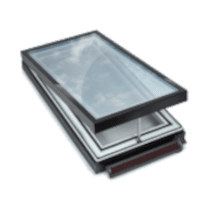 HSE Skylights
HSE Skylights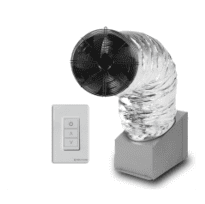 Whole House Fans
Whole House Fans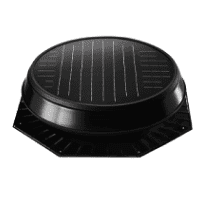 Solar Attic Fans
Solar Attic Fans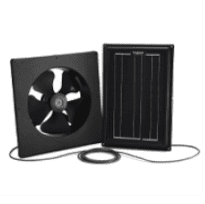 Garage Fans
Garage Fans